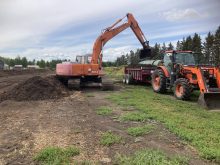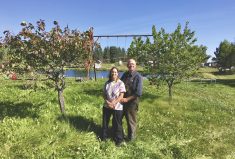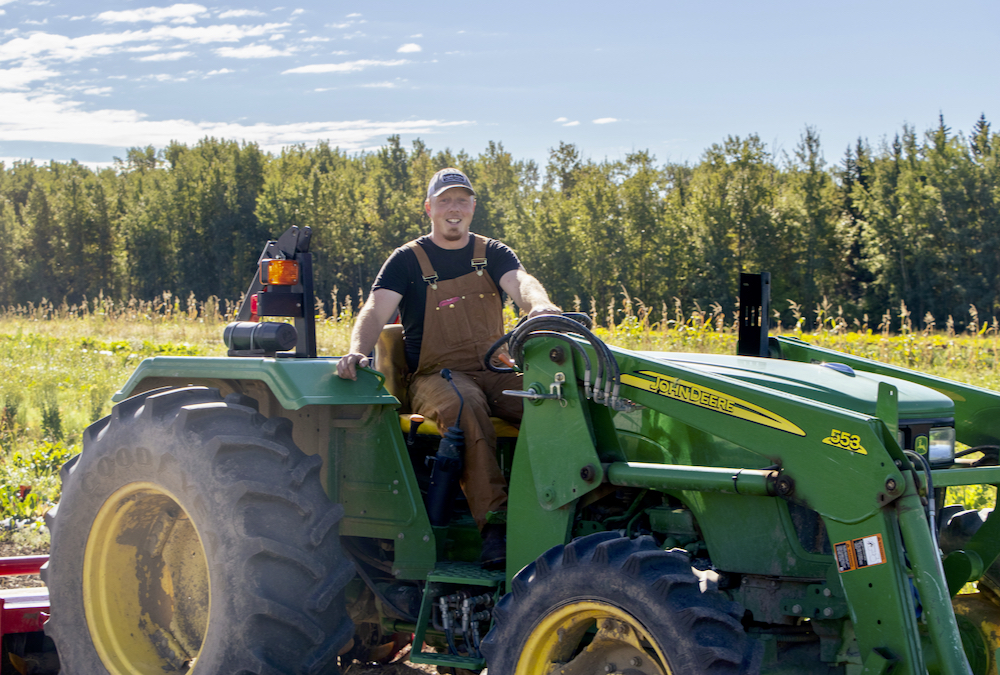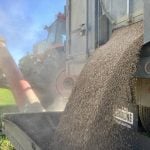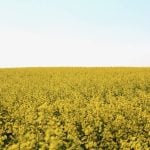After a decade of strong growth, the number of organic acres dipped slightly in Alberta last year, says a new report.
But that was good compared to its next door neighbour, said the report by the Canada Organic Trade Association.
“Saskatchewan demonstrated the largest acreage decline, with 119,099 fewer acres, followed by Alberta at 6,214 fewer acres,” the report states. “Manitoba was the only Prairie province to post an increase in acreage, with 6,513 acres added.”
From 2010 to 2018, Alberta’s organic acres nearly doubled to 566,000 acres. But that figure edged down slightly last year to just under 560,000 acres.
Read Also
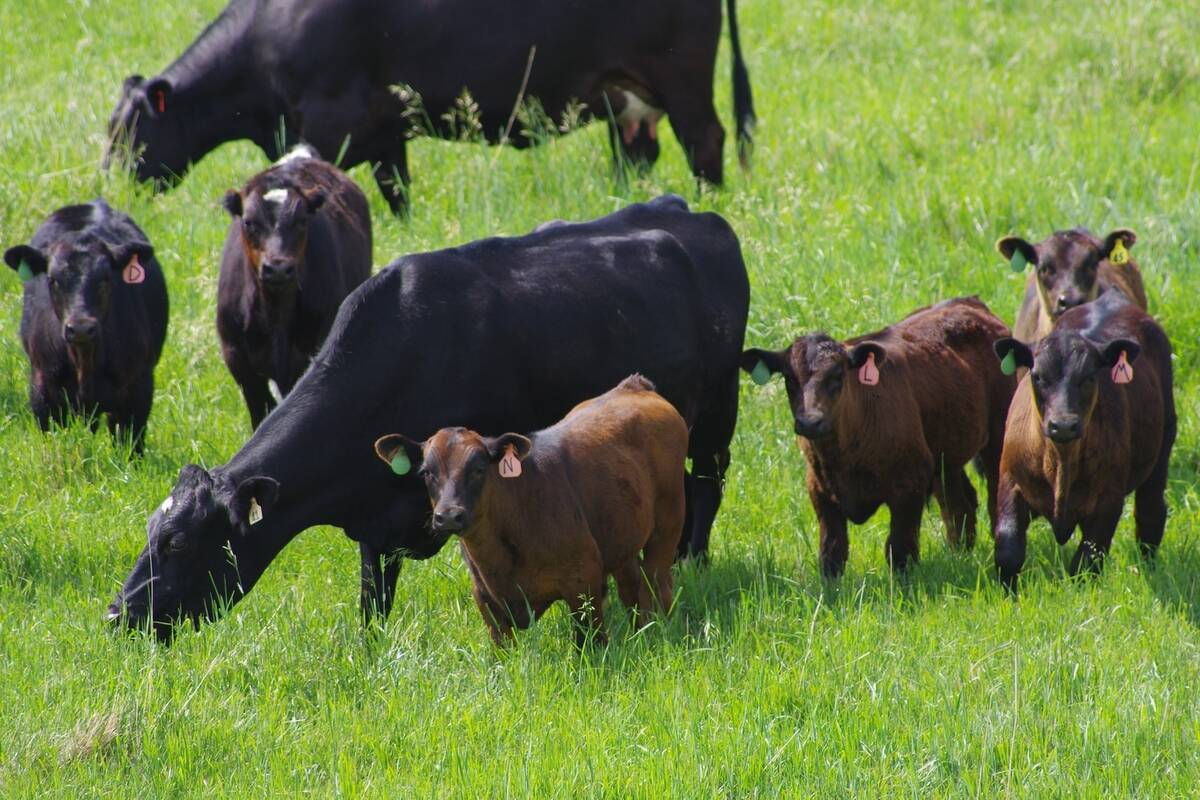
Grazing ‘sweet spot’ boosts pasture performance
Timing-focused approach to pasture management touted to boost forage growth, livestock gains while also cutting farmer labour and inputs
Alberta accounts for about a third of organic acres on the Prairies, with a roughly even split between field crops (289,000 acres) and forage land (269,000 acres). Organically grown cereals (largely wheat and oats) along with pulses account for nearly all of the field crop acres.
The drop in Saskatchewan acreage was almost entirely due to a decline in forage land.
About half of the land in organic production is on the Prairies, but Quebec has seen a sharp increase in both the number of producers and acres.
The report says there were just under 600 organic crop farms in Alberta in 2019 (four fewer than a year earlier) and 57 organic livestock operations (unchanged from 2018).



